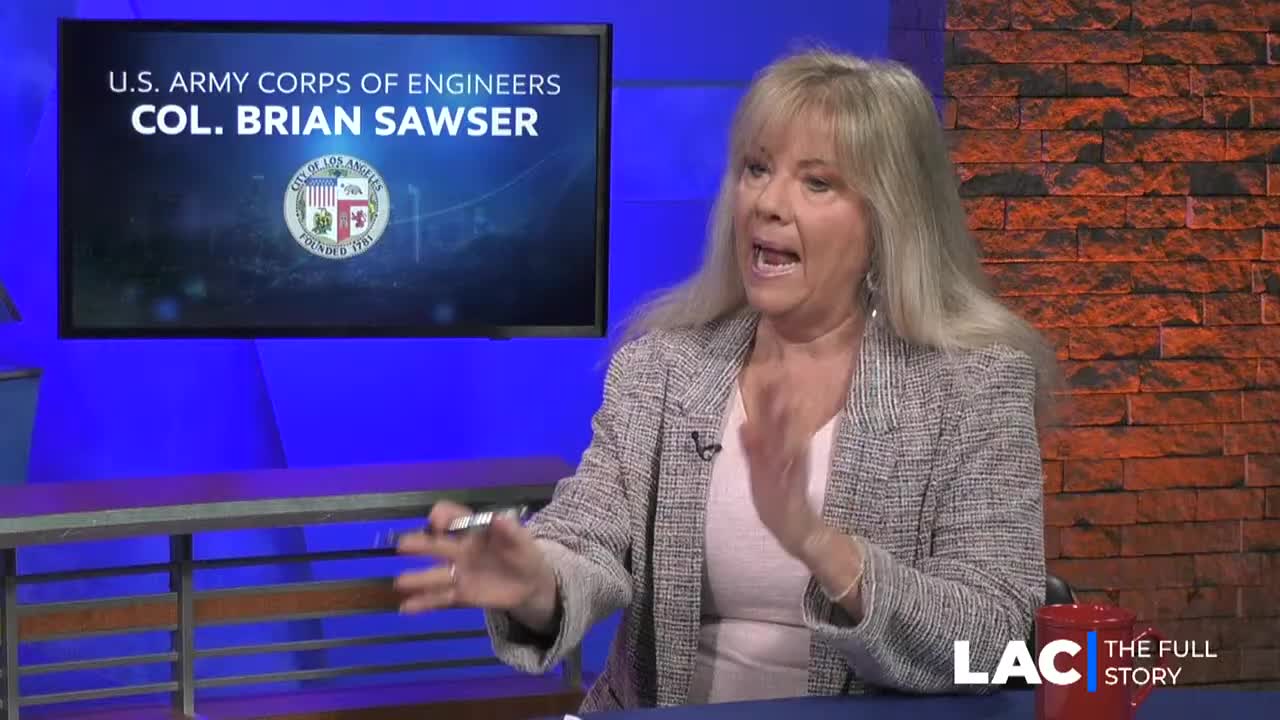Army Corps expedites debris removal in Pacific Palisades after wildfires
May 17, 2025 | Los Angeles City, Los Angeles County, California
This article was created by AI summarizing key points discussed. AI makes mistakes, so for full details and context, please refer to the video of the full meeting. Please report any errors so we can fix them. Report an error »

In a recent budget hearing held by the Los Angeles City Council, officials discussed the ongoing efforts to manage waste and debris following recent wildfires in the region. The meeting highlighted the city's commitment to ensuring public health and environmental safety through a structured waste management process.
The city is currently utilizing 17 certified facilities across Southern California for the disposal of various waste streams, including asbestos, concrete, metals, and green waste. The goal is to transition waste from uncontrolled environments to regulated facilities, thereby mitigating potential health hazards. Asbestos materials are transported to specialized facilities, while concrete and metals are processed at a recycling facility in the Pacific Palisades area. This facility not only crushes concrete but also bales metals, significantly reducing the number of trucks needed for transportation and allowing for the reuse of materials in construction.
A significant concern raised during the meeting was the management of fire ash debris, which constitutes a large volume of the waste. The city employs a "wet method" for collection, using water to suppress dust and prevent air contamination. This method has been refined over two decades, drawing from experiences in previous wildfire responses. The collected debris is transported in specially lined trucks to ensure safe disposal.
Environmental protection measures are also in place to prevent contamination of nearby water sources. Erosion control techniques, including the use of organic wattle structures and hydromulching, are implemented to stabilize soil and manage runoff during the cleanup process.
The urgency of the cleanup was underscored by the Army Corps of Engineers' deadline of January 2026 for completing debris removal. City officials reported that they are exceeding their target of clearing 35 parcels per day, with recent records showing up to 45 parcels cleared in a single day. The aim is to maintain this momentum, with projections suggesting that over 60% of known properties could be cleared by May.
As the city navigates these challenges, officials emphasized the importance of synchronized efforts along critical routes like Pacific Coast Highway (PCH), where debris removal is complicated by ongoing utility work. The city is committed to balancing the needs of the cleanup with the operational demands of the area, ensuring that progress continues while minimizing disruption to the community.
Overall, the discussions during the budget hearing reflect a proactive approach to waste management and environmental protection in the wake of natural disasters, highlighting the city's dedication to safeguarding public health and restoring affected areas efficiently.
The city is currently utilizing 17 certified facilities across Southern California for the disposal of various waste streams, including asbestos, concrete, metals, and green waste. The goal is to transition waste from uncontrolled environments to regulated facilities, thereby mitigating potential health hazards. Asbestos materials are transported to specialized facilities, while concrete and metals are processed at a recycling facility in the Pacific Palisades area. This facility not only crushes concrete but also bales metals, significantly reducing the number of trucks needed for transportation and allowing for the reuse of materials in construction.
A significant concern raised during the meeting was the management of fire ash debris, which constitutes a large volume of the waste. The city employs a "wet method" for collection, using water to suppress dust and prevent air contamination. This method has been refined over two decades, drawing from experiences in previous wildfire responses. The collected debris is transported in specially lined trucks to ensure safe disposal.
Environmental protection measures are also in place to prevent contamination of nearby water sources. Erosion control techniques, including the use of organic wattle structures and hydromulching, are implemented to stabilize soil and manage runoff during the cleanup process.
The urgency of the cleanup was underscored by the Army Corps of Engineers' deadline of January 2026 for completing debris removal. City officials reported that they are exceeding their target of clearing 35 parcels per day, with recent records showing up to 45 parcels cleared in a single day. The aim is to maintain this momentum, with projections suggesting that over 60% of known properties could be cleared by May.
As the city navigates these challenges, officials emphasized the importance of synchronized efforts along critical routes like Pacific Coast Highway (PCH), where debris removal is complicated by ongoing utility work. The city is committed to balancing the needs of the cleanup with the operational demands of the area, ensuring that progress continues while minimizing disruption to the community.
Overall, the discussions during the budget hearing reflect a proactive approach to waste management and environmental protection in the wake of natural disasters, highlighting the city's dedication to safeguarding public health and restoring affected areas efficiently.
View full meeting
This article is based on a recent meeting—watch the full video and explore the complete transcript for deeper insights into the discussion.
View full meeting
